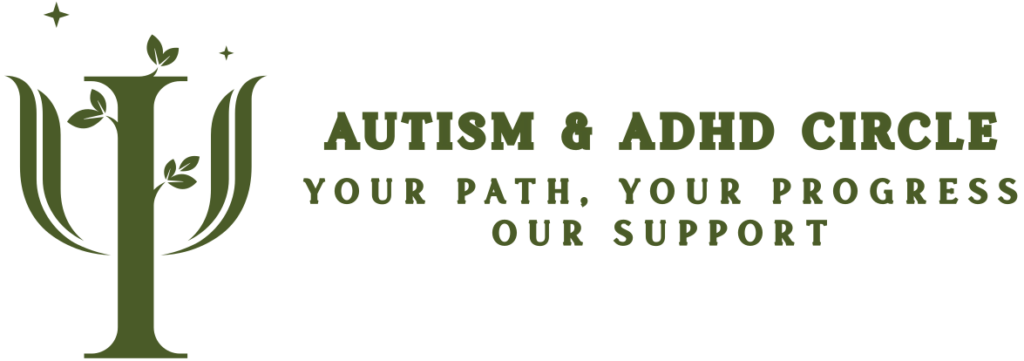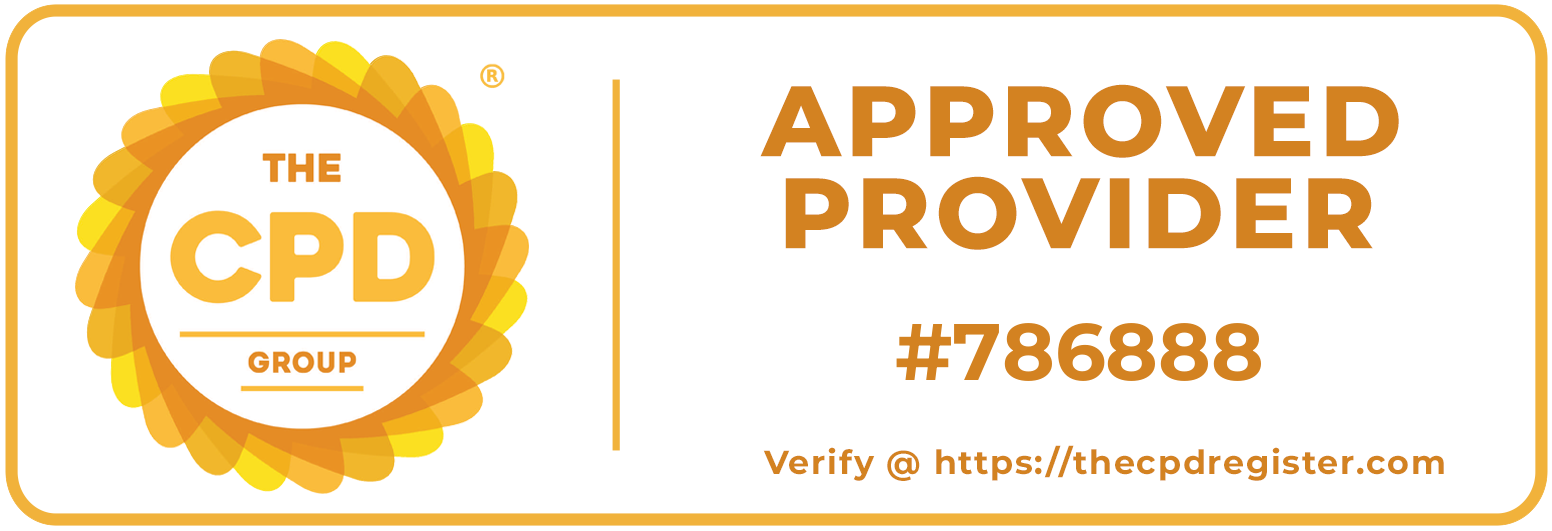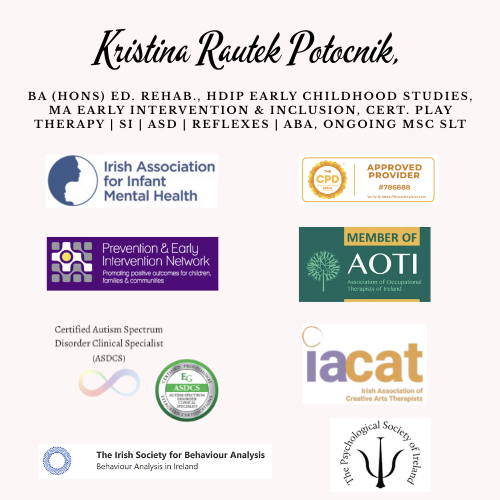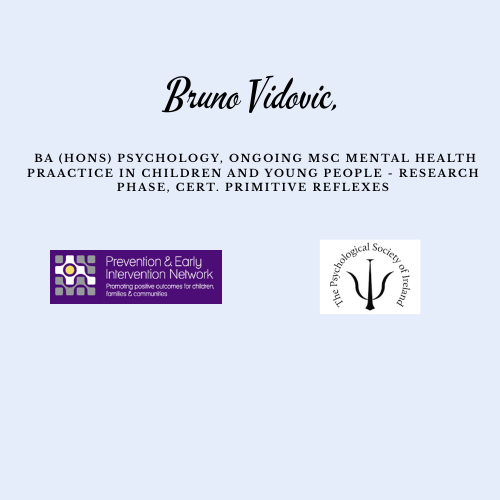Gross Motor Skills in Children: Why They Matter and How to Support Them

Author: Kristina Rautek Potocnik, BA (Hons) Ed. Rehab., HDip Early Childhood Studies, MA Early Intervention & Inclusion, Cert. Play Therapy | SI | ASD | Reflexes | ABA, ongoing MSc SLT
Gross Motor Skills in Children: What They Are and How to Support Development
Gross motor skills are the big movements we make with our arms, legs, and body. These include sitting, crawling, walking, jumping, and running. Children learn these skills step by step as they grow. For example, babies first learn to hold up their head. Then they roll over, sit, crawl, stand, and walk. Later, they learn to run, climb, and balance. These skills are important because they help children move, explore, and take part in daily activities like dressing, playing, or getting around.
Each child is different, but most follow a similar pattern. Development usually starts with head control and moves down to the legs and feet. This is called "head-to-toe" development. Some children learn faster, and others take more time. If your child is not learning new movements as expected, or if there is a delay of three to four months, it is helpful to speak with an early intervention specialist. They can assess your child and suggest activities that support development.
Early intervention specialists look at how your child moves, plays, and reacts to tasks. They make a plan that matches your child’s needs. Their support helps children build strength, balance, and body awareness. They also help with focus, motivation, and daily routines. Activities are chosen to match your child’s age and abilities. These activities are part of play and learning, and they help children gain confidence.
There are many simple ways to support gross motor development at home. You do not need expensive toys or equipment. A walk in the park, dancing in the living room, climbing on soft furniture, or playing with a ball are great ways to help your child grow stronger. Jumping over cushions, crawling under tables, or copying movements from music videos are also fun and helpful. When children move their whole body in different ways, they also learn to control their movements better and understand where their body is in space.
Parents are important partners in this process. An early intervention specialist will guide you on when to give help and when to step back. Giving praise for small efforts builds your child’s confidence and interest. Try to make movement part of your day. A short game after school, a fun race in the garden, or dancing before bedtime can all support your child’s growth.
With time, practice, and encouragement, children can improve their gross motor skills. This helps them take part in everyday life, join games with other children, and feel proud of what they can do.
Latest Posts
- How children make sense of the world through their senses
- How your baby learns about the world through their senses
- Helping your child grow stronger through movement and play
- Understanding How Early Intervention Helps Children Learn, Move, and Connect
- How to Recognise Tactile Defensiveness and Help Your Child Feel Safe
- Understanding Feeding Challenges and How to Support Your Child at Home
- Let’s Talk Sitting: Exploring Floor Seating Options
- Retained Primitive Reflexes: The Hidden Cause Behind Developmental Struggles
- Where Curiosity Blossoms: How Children's Play Nurtures Growth for All
- Helping Your Child Through Stress: A Gentle Guide for Parents
- Sweet Little Lies – How to Recognise and Respond with Care
- Chores Are More Than Just Tasks – They’re a Tool for Growing Independence, Focus, and Confidence
- How to Help Children Develop Emotional Intelligence
- Blending Technology and Care: How VR Meta Quest Supports Children at NeuroNest
- A simple guide for parents who want to raise confident, happy children
- Setting Boundaries with Love: A Simple 3-Step Guide for Parents
- Understanding Behavior Through the Nervous System
- A Compassionate Lens on Dysregulation in Non-Speaking Autistic Individuals
- Supporting Development Through Movement: The Role of the Swing in Early Intervention
- Blending Tradition and Innovation: How NeuroNest Supports Your Child’s Unique Journey
- When Movement Meets Innovation: Supporting Child Development with GoBalance
- Why Visual Perception Matters for Everyday Life and Development
- Benefits of Chess in Early Intervention
- Building Healthy Nutrition from the Start
- A Journey Back to Your True Self
- Supporting Your Child’s Hand Skills for Confident Writing
- Blending the Best of Both Worlds
- Helping Toddlers Eat Well: A Parent’s Guide
- Why Tummy Time Matters for Your Baby's Development
- Helping Your Child Build Everyday Independence
- Who Are the Disconnected Kids?
- From First Tries to Automatic Habits: Understanding the Stages of Skill Learning
- Why a Child’s Level of Alertness Matters for Memory and Learning
- Early brain development starts before birth
- Why Slowing Down, Adapting Tasks, and Adding Breaks Helps Children Learn Better
- Why ADHD, Autism, Dyslexia and Other Challenges Need a New Approach
- The surprising power of copying in child development
- Books are more than just language tools—they’re powerful allies in sensory and motor development.
- Rethinking sensory support: moving beyond expensive rooms toward everyday understanding.
- Understanding how fear develops in a child’s brain
- Understanding how an early baby reflex can affect your child’s daily life
- A gentle start into baby development through movement and bonding
Our Partners



Our Memberships


